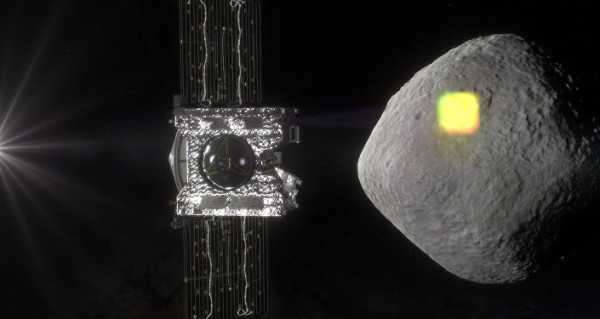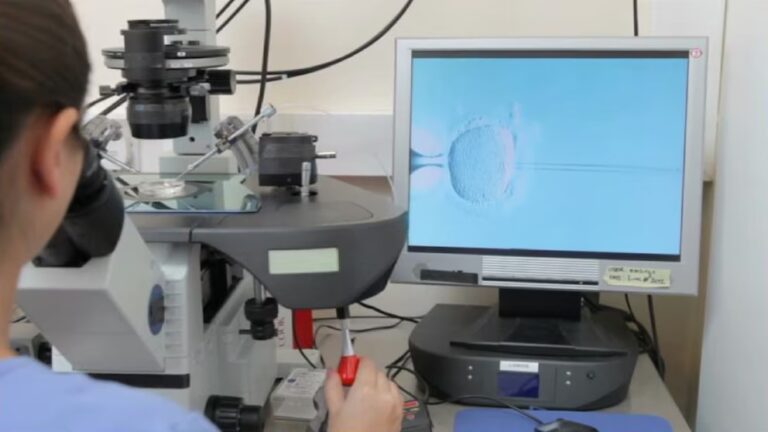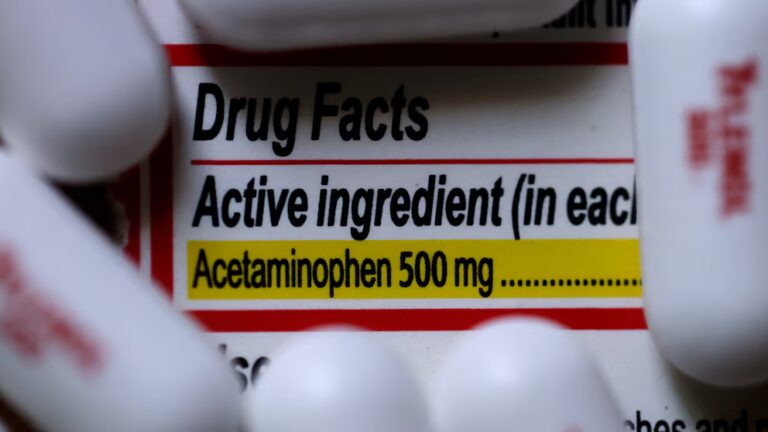
Launched in 2016, The OSIRIS-REx spacecraft is currently mapping the surface of Bennu, the so-called ‘doomsday asteroid’, formed from fragments of an ancient planetoid destroyed during the formation of the solar system.
NASA has announced the striking discovery of fragments of the solar system’s second-largest asteroid on the surface of another asteroid.
On Monday, the US space agency published images captured by the OSIRIS-REx spacecraft last year, showing distinctive light-coloured objects ranging from five to 14 feet wide on the surface of Bennu, a smaller asteroid thought to have been formed billions of of years ago from the remains of a planetoid or proto-planet that was destroyed as the solar system formed.
Spectrograph analysis by OSIRIS-REx showed the light-coloured rocks contained the mineral pyroxene, common on Vesta but not otherwise seen on Bennu.
With a mean diameter of 525 kilometres, Vesta is the second most massive object in the asteroid belt between the orbits of Mars and Jupiter, after the dwarf planet Ceres. It is over a thousand times broader than Bennu, a 490-metre wide chunk of dark carboniferous material thought to have originated in the hot bowels of a long-since destroyed body.
Nasa said it was not uncommon to find evidence of asteroids colliding with each other, despite being spaced far further apart than Hollywood movies would have you believe.
Bennu has been dubbed a high-risk ‘apocalypse asteroid’ since astronomers calculated it has a one-in-2,700 chance of hitting Earth some time in the last quarter of the next century.
OSIRIS-REx, launched in 2016, will land on Bennu after mapping its surface and attempt to return to Earth with at least 60 grams of sample material from the asteroid.
Sourse: sputniknews.com






